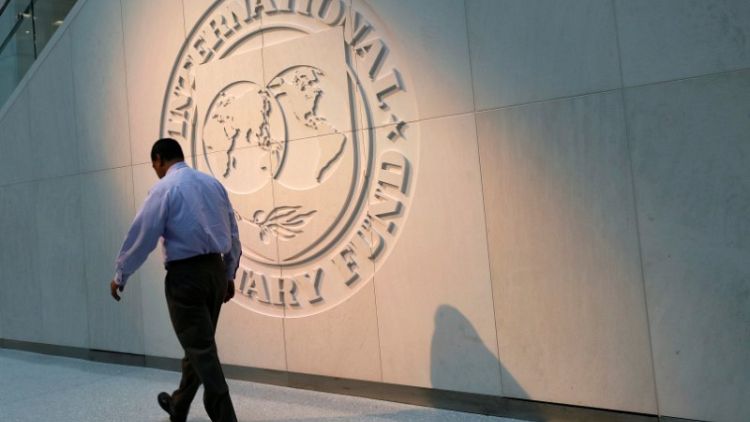VIENNA (Reuters) - Austria's economy will continue to grow this year at around 2017's level of 3 percent, the International Monetary Fund said on Monday, urging the government to use the good times for reforms such as ensuring refugees are fully integrated.
The small, trade-dependent country is enjoying robust growth, helped by economic recovery among many of its trading partners. Its banks are also turning a corner after the global financial crisis battered the eastern European countries where many of them operate.
"More recently of course growth has picked up to 3 percent and looks likely to be 3 percent again this year," the head of the IMF mission to Austria, Thomas Dorsey, told a news conference marking the end of his team's country review.
"It won't stay that way, but we see reasonably good growth through the medium term," he said. An IMF statement said it puts Austria's potential growth rate for gross domestic product at 1.75 percent a year, which the economy should move towards gradually.
Austria took in more than 1 percent of its population in asylum seekers during the European migration crisis, and immigration has become the country's main political issue.
Conservative Chancellor Sebastian Kurz is an immigration hard-liner governing in coalition with the far right. They plan to put immigrant children in separate classes to improve their German before they can join regular classes, arguing that language is the central skill to education and employment.
"There are indications that labour market mismatches are increasing," the IMF said in its statement. "The specific hurdles that non-Austrians face, including acquiring recognised qualifications and language skills, must be addressed. The authorities' efforts in this regard are welcome."
The government should also continue its efforts to lower Austria's ratio of debt to gross domestic product from 78.4 percent last year to the European Union's limit of 60 percent, the IMF said.
And while banks have continued to increase their capital buffers in recent years, some momentum was lost in 2017, it added. The IMF's full report on Austria is due to be published in September.
"While banks are meeting their regulatory requirements it probably wouldn't hurt if they had a bit more capital," Dorsey said. The authorities should encourage banks rather than forcing them through regulations to raise buffers further, he said.
"A little more capital makes things a bit safer," he said.
(Reporting by Francois Murphy, editing by Larry King)



